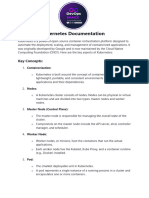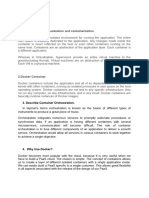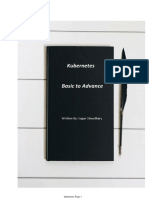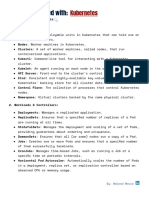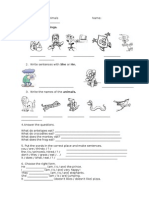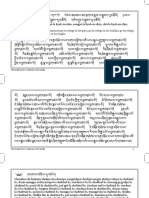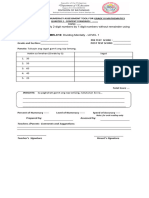0% found this document useful (0 votes)
16 views5 pagesDevops Interview
The document provides detailed information on various aspects of Kubernetes, Jenkins, Docker, Terraform, and AWS services. It covers architecture components, deployment strategies, security practices, and observability tools. Additionally, it includes code snippets for Kubernetes deployment files, Dockerfiles, and Terraform configurations, along with troubleshooting steps for Jenkins and Terraform state management.
Uploaded by
poojanandish1993Copyright
© © All Rights Reserved
We take content rights seriously. If you suspect this is your content, claim it here.
Available Formats
Download as PDF, TXT or read online on Scribd
0% found this document useful (0 votes)
16 views5 pagesDevops Interview
The document provides detailed information on various aspects of Kubernetes, Jenkins, Docker, Terraform, and AWS services. It covers architecture components, deployment strategies, security practices, and observability tools. Additionally, it includes code snippets for Kubernetes deployment files, Dockerfiles, and Terraform configurations, along with troubleshooting steps for Jenkins and Terraform state management.
Uploaded by
poojanandish1993Copyright
© © All Rights Reserved
We take content rights seriously. If you suspect this is your content, claim it here.
Available Formats
Download as PDF, TXT or read online on Scribd
/ 5









